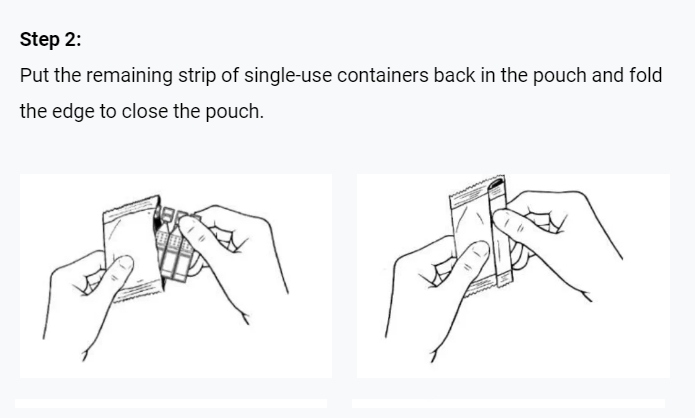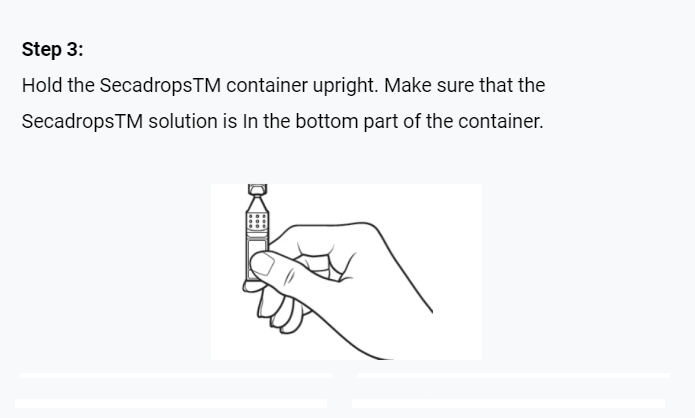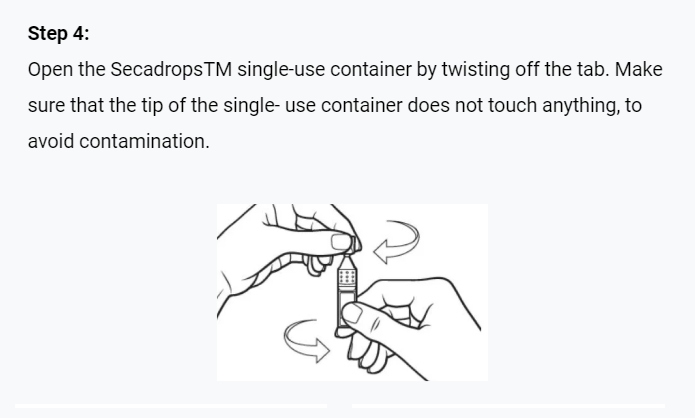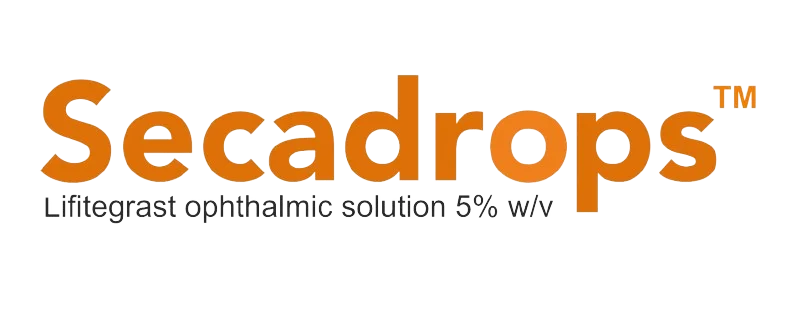About Dry Eye
Dry eye is a multifactorial disease of the ocular surface characterized by a loss of homeostasis of the tear film, and accompanied by ocular symptoms, in which tear film instability and hyperosmolarity, ocular surface inflammation and damage, and neurosensory abnormalities play etiological roles. Dry eye disease (DED) or Dry Eye syndrome is also known as keratoconjunctivitis sicca is a complex disorder of the ocular surface. Symptoms of Dry Eye include visual disturbances, ocular discomforts, dryness due to tear film instability. The pathogenic factors include increased osmolarity of tear film, inflammation of ocular surfaces and lacrimal glands.1 The clinical subtypes of DED include:
- Aqueous-deficient DED in which there is decreased tear secretion,
- Evaporative DED in which there is increased tear evaporation
- Mixed dry eye (combination of aqueous-deficient and evaporative dry eye). Aqueous-deficiency accounts for only about 10% of all Dry Eye patients.
- Dry eye disease (DED) is becoming increasingly prevalent. Its symptoms cause a long-term decline in patients’ health-related quality of life (HRQL).
- Although the disease is multifactorial, chronic inflammation plays an important role in its pathogenesis. Evidence has suggested the role of T-cell-mediated inflammation.
- Specifically, CD4+ T-helper (TH1 and TH17) cells have been recognized as mediators of ocular inflammation in DED.4 Lymphocytic infiltration into the ocular surface leads to release of pro-inflammatory cytokines, chemokines, which damage the ocular tissues. Increased levels of inflammatory cytokines expressed by
T-lymphocytes have been detected in the tear film of patients of DED.
- Formation of immunological synapse by lymphocyte function-associated antigen/intercellular adhesion molecule-1 (LFA-1/ICAM-1) binding facilitates T-cell proliferation/activation, cytokine release, and recruitment of more T-cells at the inflammatory sites.
- Hence, T-cell targeting therapies will be efficacious for treatment of DED.
References:
- Craig JP, Nichols KK, Akpek EK, Caffery B, Dua HS, Joo CK, Liu Z, Nelson JD, Nichols JJ, Tsubota K, Stapleton F. TFOS DEWS II Definition and Classification Report. Ocul Surf. 2017 Jul;15(3):276-283.
- Golden MI, Meyer JJ, Patel BC. Dry Eye Syndrome. [Updated 2020 Jul 2]. In: StatPearls [Internet]. Treasure Island (FL): StatPearls Publishing; 2020 Jan. Available from: https://www.ncbi.nlm.nih.gov/books/NBK470411/
- Okumura Y, Inomata T, Iwata N, Sung J, Fujimoto K, Fujio K, Midorikawa-Inomata A, Miura M, Akasaki Y, Murakami A. A Review of Dry Eye Questionnaires: Measuring Patient-Reported Outcomes and Health-Related Quality of Life. Diagnostics (Basel). 2020 Aug 5;10(8):559
- Abidi A, Shukla P, Ahmad A. Lifitegrast: a novel drug for treatment of dry eye disease. Journal of pharmacology & pharmacotherapeutics. 2016 Oct;7(4):194.
- Semba CP, Gadek TR. Development of lifitegrast: A novel T-cell inhibitor for the treatment of dry eye disease. Clin Ophthalmol. 2016;10:1083–94.
- Nichols KK, Donnenfeld ED, Karpecki PM, Hovanesian JA, Raychaudhuri A, Shojaei A, Zhang S. Safety and tolerability of lifitegrast ophthalmic solution 5.0%: Pooled analysis of five randomized controlled trials in dry eye disease. Eur J Ophthalmol. 2019 Jul;29(4):394-401.
How to use SecadropsTM
(Lifitegrast 5% ophthalmic solution)
- Use lifitegrast eye drops exactly as prescribed by the doctor.
- Use one drop of Lifitegrast eye drops in each eye, two times each day, about 12 hours apart.
- Use Lifitegrast right away after opening. Throw away the single-use container and any unused solution after you have applied the dose to both eyes. Do not save any unused Lifitegrast for later






Medicines are sometimes prescribed for purposes other than those listed in a Patient Information leaflet. Do not use Lifitegrast for a condition for which it was not prescribed. Do not give Lifitegrast to other people, even if they have the same symptoms you have. It may harm them.
Before using, read the complete instructions carefully
- SecadropsTM is for use in the eye only.
- Wash hands before each use to make sure to not to infect eyes while using SecadropsTM
- If contact lenses been worn , remove them before using SecadropsTM
- SecadropsTM single-use containers are packaged in a foil pouch. Do not remove from the foil pouch until you are ready to use the medicine
- Do not let the tip of the SecadropsTMsingle-use container touch eye or any other surfaces.
- Use 1 drop of SecadropsTM in each eye 2 times each day (1 drop in the morning and 1 drop in the evening, approximately 12 hours apart). Each single-use container of SecadropsTM will give enough medicine to treat both eyes, 1 time. There is some extra solution in each single use container in case it’s been missed while getting a drop into eye. After drops been applied, throw away the single-use container and any unused solution. Do not save any unused solution of SecadropsTM
Frequently Asked Questions
SecadropsTM is Lifitegrast 5% ophthalmic solution and is a prescription eye drop solution used to treat dry eye disease (DED).
Before taking Lifitegrast, tell the ophthalmologist about all medical conditions, including if :
- allergic to Lifitegrast or any of the constituents of the preparation.
- any other eye drops are being used.
- wearing contact lenses.
- pregnant or planning to become pregnant
- breastfeeding or planning to breastfeed
If pregnant or breast-feeding or are planning to have a baby, ask treating physician for advice before taking this medicine. Do not use Lifitegrast unless clearly indicated by doctor.
Lifitegrast eye drops is not recommended for children and adolescents under 17 years of age, because it has not been studied in patients.
- Use lifitegrast eye drops exactly as prescribed by the doctor.
- Use one drop of Lifitegrast eye drops in each eye, two times each day, about 12 hours apart.
- Use Lifitegrast right away after opening. Throw away the single-use container and any unused solution after you have applied the dose to both eyes. Do not save any unused Lifitegrast for later.
- For more information go the “How to Use SecadropsTM “ Section
The most common side effects of Lifitegrast includes blurred vision, eye irritation, headache, eye discharge, eye discomfort, eye swelling, allergic conjunctivitis.
